Picture this: You have a Google Ads campaign, and it is dialed in. You’re hitting your cost per acquisition (CPA) or return on ad spend (ROAS) goal, and you’re thinking, “Let’s scale this up!” So you increase your budget, confident that your target CPA bidding will keep Google Ads costs in check. But then something strange happens – your cost per acquisition starts climbing, seemingly defying the purpose of automated target CPA bidding.

If this sounds familiar, you’re not alone. This phenomenon is actually something we see often here at Grow My Ads, and there’s a fascinating explanation behind it. In this post, we’ll explore why this happens and, more importantly, what you can do about it.
Prefer video? Check out Why Your Ads CPA Increases When You Raise Budget (Even With tCPA Bidding):
Still with us? Good, let’s dive in.
The Bulls-Eye: Understanding Smart Bidding’s Sweet Spot
Think of your Google Ads campaign’s performance like a bulls-eye target. When your campaign is first dialed in with a lower budget, you’re operating in the dead center of that target – the sweet spot where smart bidding has mastered the art of acquiring conversions at your desired CPA.
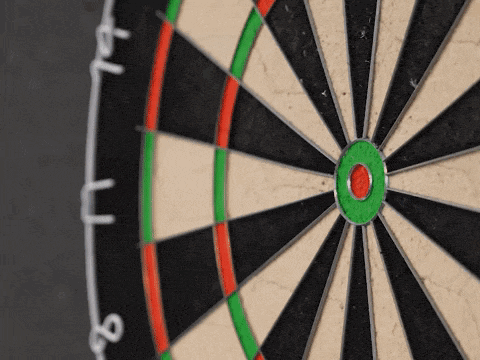
In this central zone, the algorithm is incredibly efficient. It’s like a skilled marksman who knows exactly where to aim to hit the target consistently. At this stage, you might only be participating in about 20% of available auctions, but they’re the most efficient, most likely-to-convert auctions. This enables you to maximize conversions, without incurring additional costs.
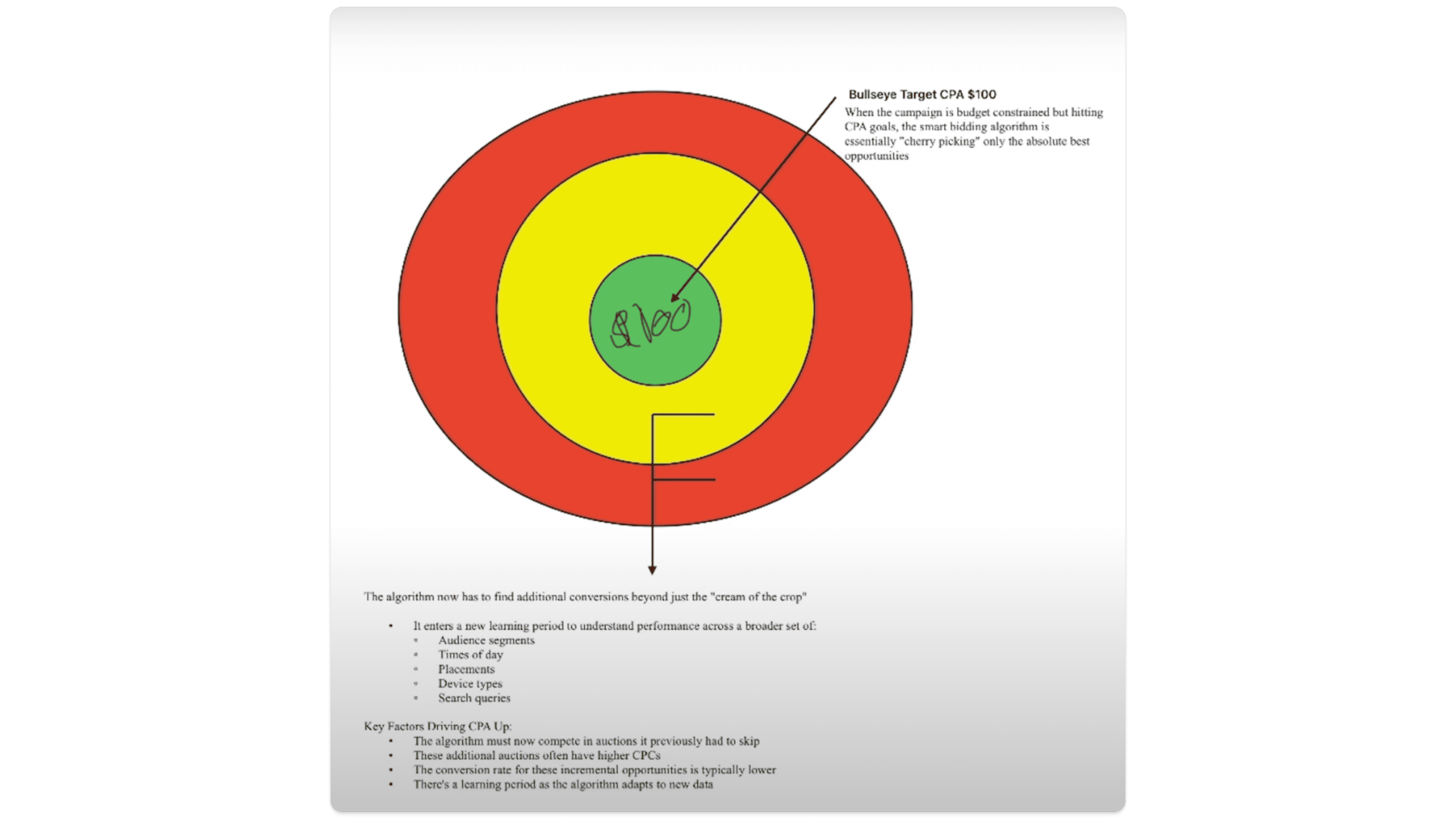
The Low-Hanging Fruit Principle
In general, smart bidding will yield to the lowest hanging fruit first. When your Google Ads campaign first starts performing well at a lower budget, Google’s smart bidding system is essentially cherry-picking the best opportunities from the available auction pool. It’s like having a skilled fruit picker who, with limited time, naturally goes for the easiest-to-reach, ripest fruit first.

In technical terms, when your budget is constrained, the algorithm knows exactly where to find (and bid on) the most likely-to-convert auctions within your target CPA. These are often the bottom-of-funnel searches – the users who are ready to convert right now. Using this bidding strategy, Google’s algorithm gets you as many conversions as possible within your daily budget.
Why Expansion Gets Complicated
To understand the scaling challenge better, let’s look at how the digital marketing funnel plays into this situation. Imagine an inverted triangle divided into three sections:
Bottom of Funnel (3%)
These are your “cream of the crop,” “ready to buy” customers. They’re searching high intent terms like, for example, “men’s size 10 Nike Free running shoes.”
People at the bottom of the funnel have the highest conversion rate.
Middle of Funnel
These are people in the “messy middle” of their buying journey – that is, in the exploration and evaluation stage.
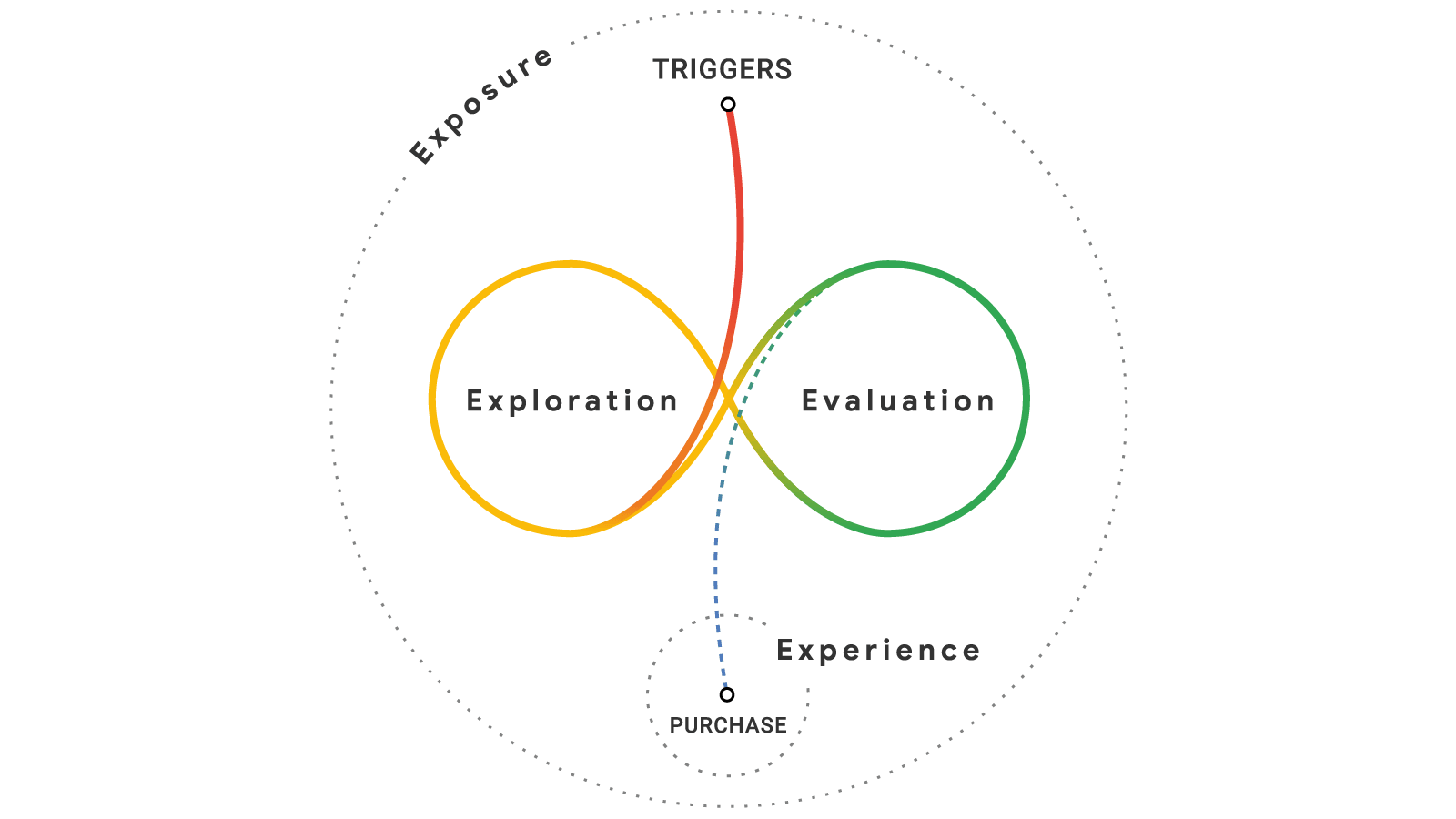
These prospects are still qualified, but they may not be quite ready to purchase.
They may require more convincing or time to convert.
Top of Funnel
This is often your largest segment of potential customers.
Here, we often see more general searches, like “running shoes.”
There is a lower conversion probability, coupled with higher competition (and costs).
When you’re operating with a constrained budget, smart bidding focuses on that bottom 3% – the easiest conversions. But as you increase ad spend in your Google Ads account, you’re forced to venture into the middle and top of the funnel, where conversion rates naturally decrease. Understanding this is key to developing a target CPA strategy that works for your business.
Moving Beyond the Bulls-Eye: Three Challenges to Expansion
When you increase your budget, you’re essentially asking the Google Ads algorithm to move beyond the center of the bulls-eye (or, the bottom of the sales funnel). As it expands outward, it encounters three main challenges:
1. New Auction Dynamics
By increasing your ad spend, you’re likely hoping to reach more people and increase your impression share. When moving from a 20% impression share to 40% or 50%, you’ll need to compete in previously unexplored auction territories.

To win these new auctions, you’ll likely need to pay higher CPCs.
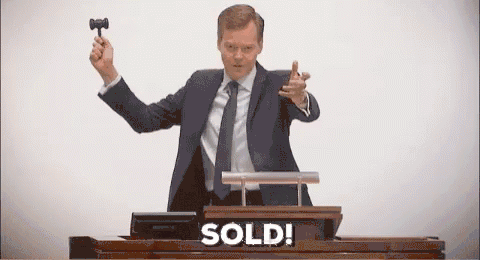
2. Learning Period Requirements
During these periods of exploration, the algorithm is learning about:
New audience segments
Which times of day lead to the best results
How different devices perform (for example, in some markets, mobile devices may outperform computers or tablets)
Expanded search query patterns
Overall ad placement effectiveness
Due to the fact that the algorithm is still learning how best to achieve your cost per acquisition (CPA) goal, based in part on historical conversion data, your CPA may increase during this time.
3. Cost Structure Changes
As you move outward from your bottom of funnel sweet spot, and you get more auction share, you may notice that your Google Ads campaign’s overall efficiency decreases (along with your conversion rate). In other words, your conversion rates will likely start decreasing the more impression share you get. Why? Because with Google Ads, scaling isn’t linear.
The Mathematical Reality of Scaling
Here’s why scaling isn’t linear:
Imagine there are 1,000 people per day searching for “Nike men’s size 10 free run running shoes.”

Out of 1,000 people, only a certain percentage are ready to buy today. When you’re operating in your sweet spot (the bottom of the funnel) with a lower budget, you might only show ads to 200 of these searches (for a 20% impression share), but they’re the 200 that are most likely to convert.
As you increase budget and impression share, you start showing ads to more of those 1,000 daily searches.
But:
While the search term is identical, the user intent varies greatly
Not everyone searching for the same term is equally ready to buy
You’re paying higher CPCs to reach these additional users
Your conversion rate naturally decreases
In other words, the more searches your ads show for, the less likely it is that the traffic is actually ready to buy (even though it’s the same search term in Google Ads).
At Grow My Ads, we look at it like this: if you are hitting your performance goals in your Google Ads account (whether that’s a target CPA goal, a return on ad spend (ROAS) goal, or another tracking metric that matters for your company), maximize your impression share as much as possible. Your CPA will increase for a while, but eventually it can come back down.
Smart Scaling Strategies
The 20% Rule for Budget Increases
The key to successful scaling is gradual progression. We typically don’t recommend budget swings over 20% (unless your ad spend is very low to begin with).
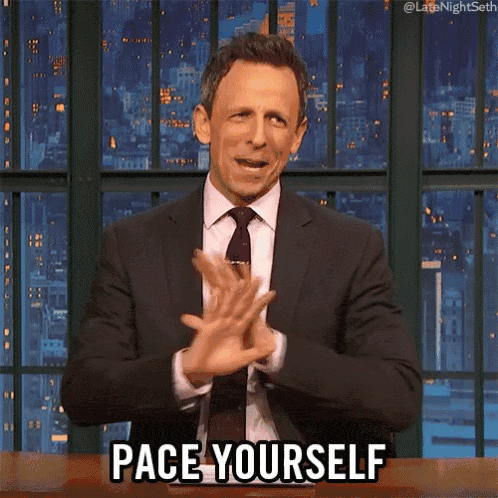
Here’s why the 20% rule works:
Small enough to not shock the system
Large enough to gather meaningful data
Allows for controlled learning and optimization
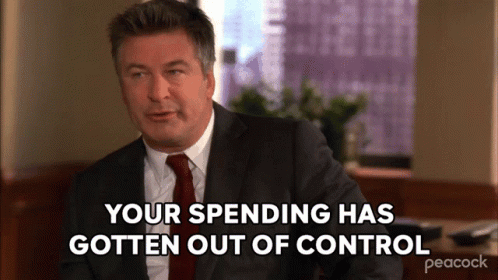
For example:
Small accounts: increasing your budget from $20 to $40 is acceptable
Large accounts: increasing your budget from $1,000 to $1,200 is a significant change
The larger your spend, the more important this rule becomes. Don’t jeopardize your account by wildly shifting your target CPA bidding strategy.
Understanding the Recovery Pattern
When you increase your budget, you can expect to see something like this:
Initial cost per acquisition (CPA) increase as you enter new auctions
Learning period of 1-2 weeks
Potential cost per acquisition (CPA) decrease as the smart bidding algorithm optimizes
Stabilization at a new performance level
Making Strategic Decisions
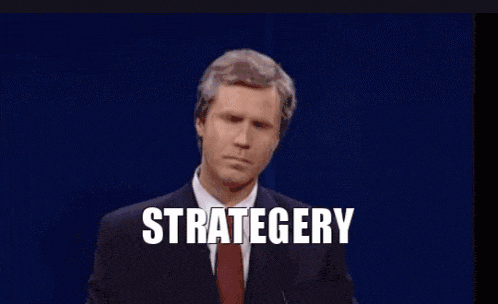
The real art of scaling Google Ads comes down to strategic decision-making:
Performance vs. Scale Trade-offs
When determining whether scaling in Google Ads makes sense for your account, ask yourself:
Is a higher cost per acquisition (CPA) an acceptable trade-off for more market share?
At what level of ad spend do you achieve optimal efficiency?
Are you looking to maximize conversions, increase your impression share, or something else?
Could your budget be better allocated to other channels?
Market Share Considerations
Instead of targeting specific impression share goals, focus on maximizing performance within acceptable cost per acquisition ranges. You may also want to work to better understand your viable market share at target CPAs, so you can recognize when returns start to diminish.
Practical Steps for Scaling
Taken together, here’s how you should think about scaling, broken down in an easy-to-follow, step-by-step format:
Start with a well-optimized campaign at your target CPA
Implement small budget increases (using the 20% rule)
Allow 1-2 weeks for learning and optimization
Monitor key performance metrics closely
Accept that some efficiency loss may be necessary for scale
Make data-driven decisions about further expansion
Final Thoughts
Scaling Google Ads campaigns is more complex than simply increasing budgets and expecting linear growth. It’s a delicate balance between expansion and efficiency, requiring an understanding of:
Smart bidding strategy
Market dynamics
Funnel psychology
Auction economics
The key to scaling successfully isn’t just spending more money – it’s understanding these interconnected factors and making strategic decisions based on your business objectives. Sometimes, maintaining a smaller impression share with better efficiency might be more profitable than pushing for market dominance at the expense of performance.

Remember: successful scaling is about finding the sweet spot where increased spend and acceptable performance metrics align with your business goals. It’s not about how much you can spend, but how effectively you can spend it while maintaining sustainable performance metrics.
By approaching scaling with this knowledge and implementing gradual increases, you can better manage performance expectations and achieve sustainable growth in your advertising efforts. The path to scale may not always be as straightforward as we’d like, but with patience and strategic thinking, it’s more than achievable.



